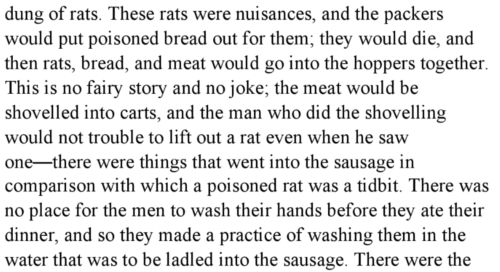For all the times I’ve said the AI hype is way too overheated, I also dislike extreme cold. Where did all the balance go?
Fortune’s latest breathless reporting about a “tragic” AI market reads like buzzword bingo: insert “bubble,” add some dot-com references, quote a longtime insider skeptic, and call it analysis. But this lazy framing completely misreads the history it quotes and fundamentally misunderstands what’s actually happening.
The author leans too heavily on dramatic language (“tragic,” “underwhelming”) and seems to conflate stock valuations with technological viability. Insert nails on chalkboard.
The article follows the all too familiar template of gathering concerning quotes and market data without deeply examining whether current AI adoption patterns actually resemble historical bubbles. He said, she said, where’s the critical thinking?
Let me show what I mean. The dot-com crash wasn’t just a market correction—it was a techbro fraud filter. It cleared out companies sponging investors with marketing-oriented science fiction while preserving the real infrastructure that became the backbone of our digital economy. The Web won. The internet didn’t fail; the ruthless extractive speculation around it did.
Today’s AI situation is fundamentally different. Companies aren’t betting on hypothetical future revenue—customers already are operationally dependent and paying for AI as a service. Once you’ve integrated AI into your assembly lines like steam-powered machinery, you face a simple economic reality: pay for the AI and pay to clean up its mistakes, or pay the higher costs of reverting to manual processes.
This isn’t speculation anymore. It’s infrastructure, and like all powerful infrastructure, it demands safety protocols.
Calling AI a bubble because some stocks are overvalued is like calling the steam engine a bubble after factories have already been retrofitted with boilers but haven’t installed proper safety systems. Sure, some companies are overpaying, some investments won’t pan out, and some operations will catastrophically fail like an entire factory burning to the ground. But we’re well past the “will this work?” question and deep into the “how do we deploy this at scale without killing all the workers?” phase.
The Jungle by Upton Sinclair, clearly describing the reality of American industrialization, should be required reading in computer science degrees.

Sinclair wanted to show how capitalism was destroying human beings, but readers fixated on their own safety as consumers rather than the systematic dehumanization of workers. The government gave people clean food while leaving the fundamental power imbalances and dangerous working conditions intact.
The AI parallel is unmistakable: we’re so focused on whether AI stocks are overvalued (protecting investors) that we’re missing the much more serious question of what happens to the people whose lives and livelihoods get processed through these systems without adequate safeguards.
The real regulatory challenge is less about market bubbles and more about preventing algorithmic systems from treating humans like they are contaminated byproducts of the industrial technology boom Sinclair exposed.
And just like 1906, we’re probably going to get consumer protection laws (maybe some weak-sauce transparency requirements) while the fundamental power dynamics and safety issues for the people actually affected by these systems get ignored. It’s the same pattern again: worry on Wall Street about the symptom that scares the powerful, ignore the causes that harm the powerless at scale.
We’re seeing the consequences of rushing powerful automation into critical systems we depend on without adequate safeguards, like the industrial equivalent of the Triangle Shirtwaist Factory disaster, where really bad algorithmic decision-making functions like the doors that don’t open in a fire.
Fortune’s bubble talk, complete with cartoon analogies about Wile E. Coyote, reveals a fundamental misunderstanding of technological adoption cycles. When automation becomes operationally essential, market corrections don’t reverse the underlying transformation—they reset the price of admission and, hopefully, force better safety standards.
The real story is how AI slowly moved from experimental to indispensable as a 1950s concept dismissed in the 1980s before exploding in the early 2010s. Do you know what else followed that exact slow 30 year cycle?
Cloud computing.
The 1950s time-sharing concept reached explosive adoption in the 2010s, just like AI is doing now. A generation from idea to infrastructure in both cases, except one of them was rebranded. Calling the cloud a bubble today would be absurd.
Similarly the AI bubble predictions will age as poorly as Oracle saying there was no cloud, Sun Microsystems claiming there was no privacy, or IBM declaring there was no future for personal computing.
It’s not just a tech pattern to watch, it’s how human societies adopt transformative technologies for infrastructure across generational timescales.